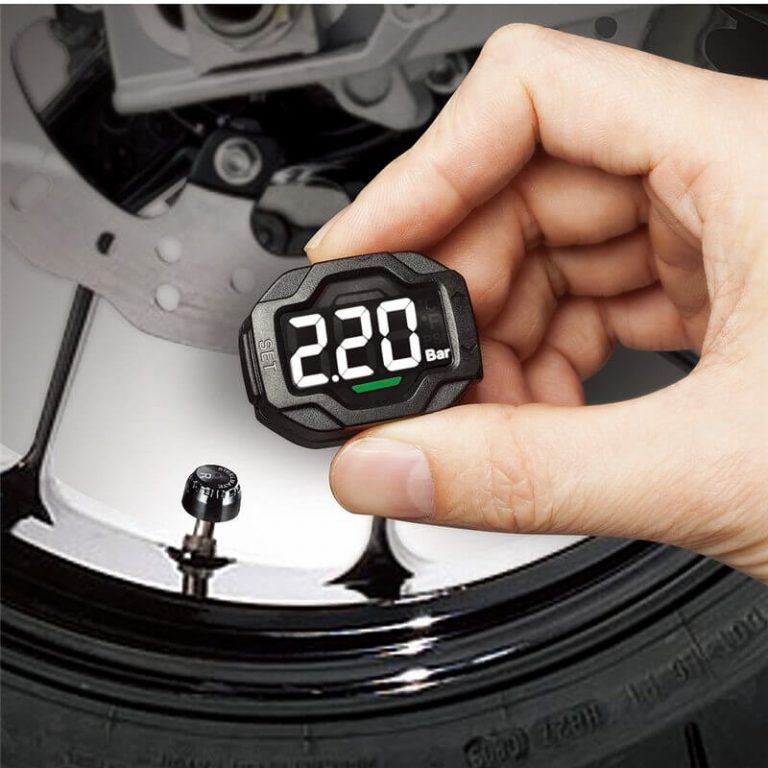Issues With Low Tire Pressure
Low tire pressure can lead to several problems when driving. Tires that are underinflated lose their ability to properly support the vehicle and evenly distribute weight across the tire surface. This causes uneven wear on inner and outer shoulders of the tire tread. Underinflated tires can also overheat more easily from flexing under load. All of these factors increase the chances of a blowout occurring, which is a major safety hazard. Low pressure also decreases fuel efficiency as it takes more energy for the tires to rotate. Maintaining the proper inflation is crucial for safety and vehicle performance but is often overlooked by drivers.
How Automotive Tire Pressure Monitoring Systems Work
Tire pressure monitoring systems (TPMS) were developed to address the issues caused by underinflated tires and notify drivers proactively. All new vehicles sold in the United States are now required to have Automotive Tire Pressure Monitoring System installed since 2007. The system uses wireless sensors placed in each tire’s valve stem to monitor air pressure levels. The sensors transmit pressure readings to a central receiver unit, usually located in the vehicle’s computer module. If pressure in any tire drops by 25% or more from the recommended PSI level, the TPMS interface will illuminate a low tire pressure warning light on the dashboard. On some advanced models, the display screen will indicate which specific tire is losing air. This allows drivers to address the issue right away before potential hazards occur.
Direct and Indirect TPMS Variations
There are two main categories of TPMS – direct and indirect. Direct TPMS uses individual sensors to directly measure air pressure and temperature in each tire. This is considered the more accurate method. Indirect TPMS does not have individual sensors and instead estimates pressure based on inputs from existing ABS sensors in the wheels. It monitors for changes in tire rolling radius which correlate to pressure loss. Direct TPMS are more expensive to produce but provide real-time pressure readings for each position. Indirect systems rely more on driver intervention after a threshold is crossed to identify the problem tire. Most newer vehicles now use direct TPMS for added safety and convenience.
Other Advanced Automotive Tire Pressure Monitoring Systems Features
As the technology continues evolving, TPMS are gaining additional useful capabilities. Some higher-end models now integrate with a vehicle’s infotainment system for a more integrated user experience. Drivers can view current pressure levels and thresholds for each tire directly on the center display screen. Some systems alert drivers to pressure changes in real-time via audible chimes instead of just the warning light. Advanced TPMS are also able to detect slow leaks that occur over time rather than just sudden loses. This helps catch issues early before pressures get too low. Connectivity to smartphones is another emerging trend, allowing remote monitoring of tire data outside the vehicle. As TPMS become smarter, they enhance convenience along with the original safety benefits.
Importance of Proper TPMS Maintenance
Like any vehicle system, TPMS require periodic maintenance to ensure optimal performance. Sensor batteries have a lifespan of 5-10 years depending on usage and should be replaced then. Sensors may also need re-pairing if tires are ever rotated or replaced. Mechanics can perform checks for diagnostic trouble codes and recalibrate the system. It’s advisable to have TPMS inspected during routine tire rotations. Proper inflation is key too – checking pressures monthly and before long road trips is recommended. With correct maintenance of both the technology and tires, a TPMS maximizes its ability to alert drivers to low pressure issues and improves overall vehicle and highway safety. When used properly, it proves to be a worthwhile safety investment for any vehicle.
Automotive tire pressure monitoring systems have greatly enhanced safety on roads by actively notifying drivers of underinflated tires. The technology uses wireless sensors to continuously check air pressures and light a warning for any losses. Direct and indirect versions vary in sensors and accuracy. Advanced TPMS integrate further with infotainment and smartphones while also detecting slower leaks. With correct maintenance of both the system and tires themselves, a TPMS performs as designed to prevent hazardous pressure issues and potential blowouts from occurring. As a mandated safety feature, TPMS have proven very effective at reducing accidents related to low tire inflation.
*Note:
1. Source: Coherent Market Insights, Public sources, Desk research
2. We have leveraged AI tools to mine information and compile it.



